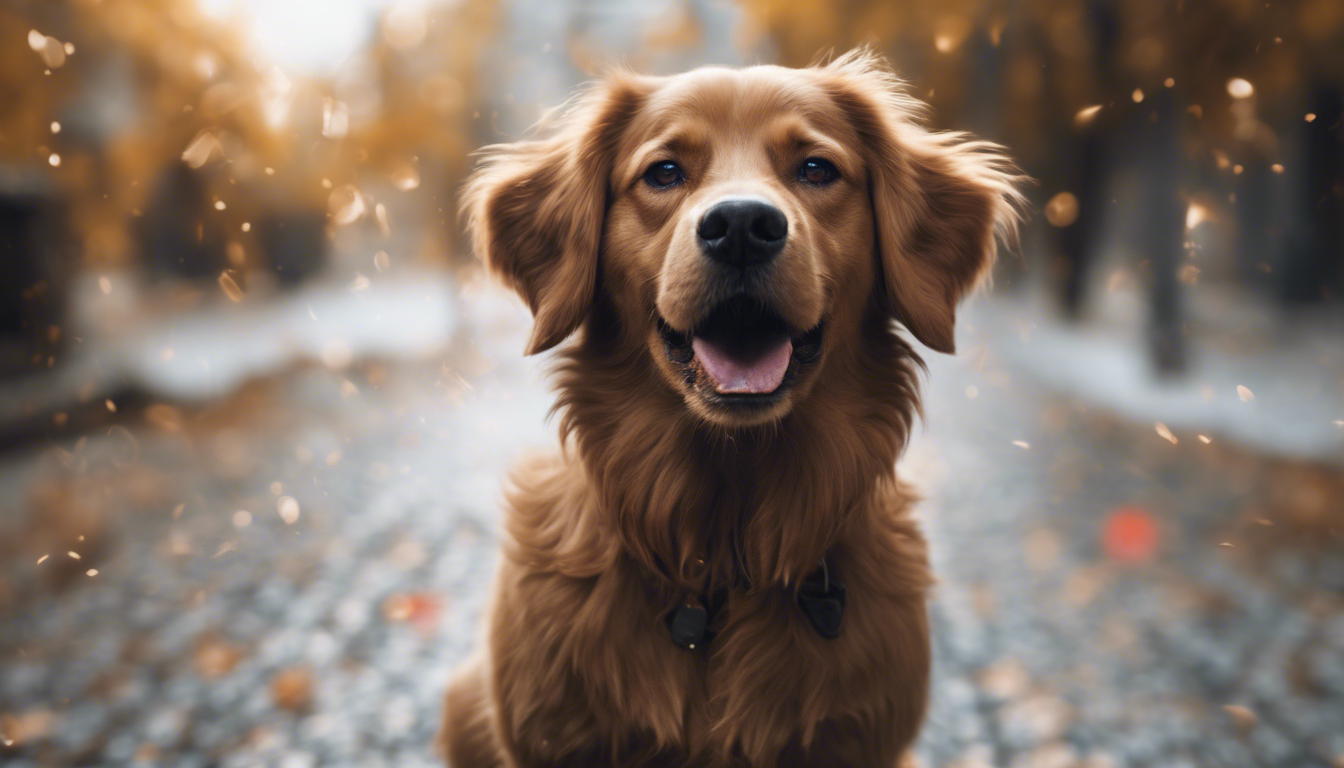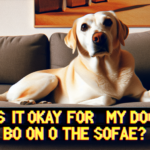Contents
Detecting Canine Misbehavior: Is Your Dog Destructive or Playful?
Dogs are bundles of joy and energy, their playful demeanor enhancing the charm that they naturally possess. However, sometimes this energy can drive them to actions that are viewed as destructive by their human companions. Torn cushions, chewed shoes, and digging in the garden are just a few examples of the “destructive behavior” dogs can exhibit.
Here’s how to tell whether your dog is simply being playful or showing signs of destructive behavior:
Recognizing Playful Behavior
Playfulness in dogs is natural and healthy. Dogs playing will exhibit behaviors like:
- Chasing their tails
- Playful barking and wagging their tails
- Pouncing on toys or members of the household
- Initiating games of fetch or tug-of-war
Remember that dogs require physical and mental stimulation, much like humans do. Engaging in games and play provides both, supplying them with a healthy outlet for their energy.
The Signs of Destructive Behavior
While dogs are naturally playful creatures, when their behavior starts conveying stress, anxiety, or sheer boredom, it can become destructive. Typical signs to look out for are:
- Excessive chewing of home items like furniture or shoes.
- Incessant barking when left alone.
- Excessive digging in the yard.
Such actions indicate frustration or unattended stress that the dog is experiencing, and they require rectification before they become consistent habits.
Reacting Effectively To Your Dog’s Behavior
Understanding your dog’s behavior is key to improving the dog-owner relationship. Here is how to respond effectively based on their behaviour-type:
Responding To Playful Behavior
The response to a playful dog is simple — engage in their games! Your interaction will strengthen your bond. Invest in interactive toys that can keep them occupied, like puzzle feeders, squeaky toys, or a simple ChuckIt! ball for a game of historical fetch!
Addressing Destructive Behavior
Addressing destructive behavior involves understanding the root cause, including boredom, attention-seeking, or anxiety. It may require:
- Increased exercise and playtime.
- Employing puzzle toys to keep them mentally stimulated.
- Consulting with a professional dog trainer or veterinarian for further assistance.
Keep patience while understanding and handling such behavior — consistently rewarding good behavior and providing a positive environment can help curb the destructive actions.
FAQs
1. When do dogs start exhibiting destructive behaviors?
Dogs can start showing destructive behaviors as early as puppyhood, especially during their teething phase. However, it can occur at any age if a dog is experiencing stress, boredom, or anxiety.
2. Can training help ease destructive behaviors?
Absolutely! Like humans, dogs too can be taught what’s right and what’s not. Experts recommend positive reinforcement training techniques, where dogs are rewarded for good behavior and ignored or corrected during bad behavior.
3. What are some good toys to keep my dog entertained?
Interactive toys can keep dogs mentally stimulated. KONG toys, busy boxes, or puzzle feeders can do wonders in keeping your dog occupied and less prone to destructive behavior.





